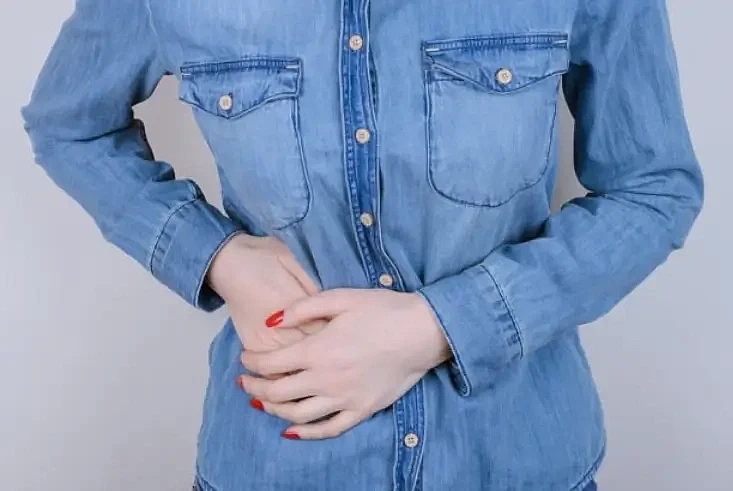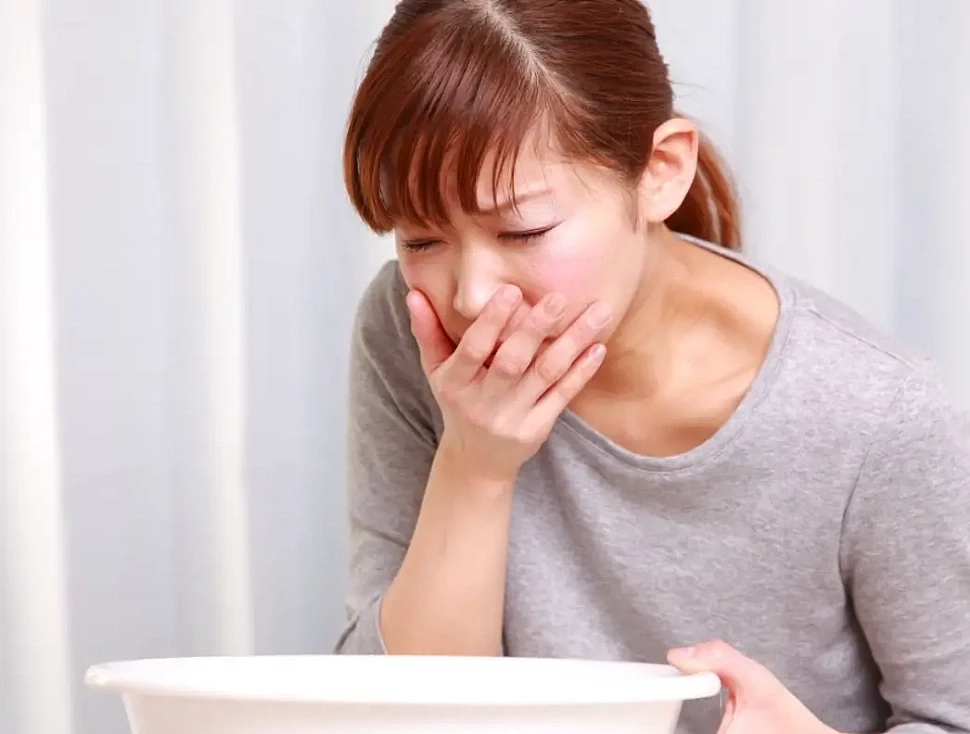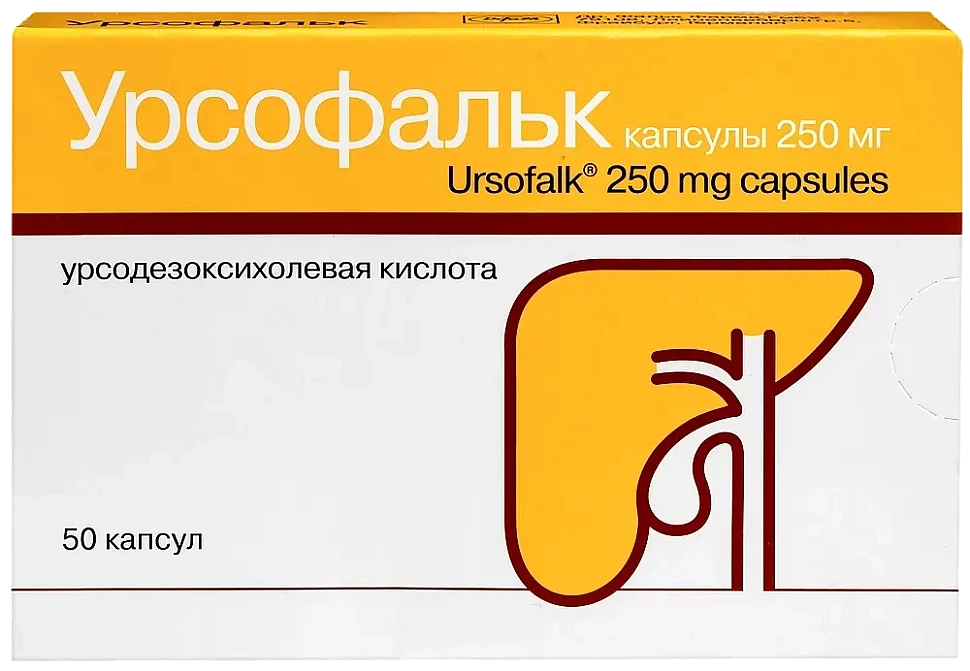Gallbladder Polyps – Do You Really Need Surgery?

Gallbladder polyposis is rare among all disorders of the biliary system. Prophylactic ultrasonography detects a polyp in 90% of cases. According to statistics, the prevalence of this disease is about 1-10% in the population. The disease is several times more common among women than men. The population aged 30 to 45 years is the most affected, and polyposis education is very rare among children. The danger of this disease lies in the possible malignant transformation.
What is a polyp and what are the reasons for its occurrence?
A polyp in the gallbladder is a benign mass, which may be single or multiple. Polyps are divided into three main types:
True polyps: These are adenomas formed from epithelial glandular cells or papillomas that arise due to abnormal cell growth.
Inflammatory pseudopolyps: These are caused by overgrowth of gallbladder epithelium due to chronic inflammation.
Cholesterol pseudopolyps: These are deposits of cholesterol under the lining of the gallbladder.
Polyps may occur for a variety of reasons. Some people may be genetically susceptible to the disorder. Gastroenterologists identify three main groups of factors that contribute to the formation of polyps:
Genetic predisposition: If parents have had disorders of the biliary system, the risk of developing polyposis in their children is increased. Genetic mutations in utero that may result in polyps are also possible.
Diseases of the biliary system: polyps often occur in the background of chronic cholecystitis with bile stasis. Other triggers may be cholangitis (inflammation of the bile ducts) or dyskinesia of the biliary tract (a disorder of their motility).
Metabolic disorders: Lipid metabolism disorders, such as increased cholesterol levels, can contribute to the formation of cholesterol polyps. Malnutrition and diabetes may also be risk factors.
Polyps in the gallbladder: symptoms and complications

Polyps in the gallbladder are often asymptomatic for a long time. Sometimes, after a large meal or alcohol, the person may feel discomfort in the right side but this is usually not a concern. The main symptoms begin when the polyp reaches a significant size and disrupts the biliary system. Among them:
1. Dyspeptic disorders
About 70% of patients have recurrent nausea and vomiting, followed by a bitter taste in the mouth. Belching, a feeling of fullness in the right upper rib, heartburn, and a decreased appetite may also occur.
2. Pain syndrome
Pain occurs after eating, physical activity, alcohol use, stress, or injury. It is noisy and suppressive in nature and does not relieve well with painkillers.
3. General anemic syndrome
Anemia develops because iron deficiency is caused by vomiting and decreased appetite. It is manifested by persistent weakness, fatigue, sleepiness, faintness, and temporary debility.
Complications of gallbladder polyposis
Polyps in the gallbladder can cause serious complications:
Blockage of the bile ducts: Interferes with the normal movement of bile, which can contribute to infection. In such cases, antibiotic therapy is required.
Increased biliary pressure: May cause bile to spill into the pancreas, increasing the risk of chronic pancreatitis.
Malignization: true polyps can be reborn into cancer, which requires timely treatment and supervision.
Nutritional Guidelines for Malaise
Proper nutrition plays a key role in the treatment of all diseases of the digestive system. It helps reduce the burden on the biliary tract and prevents bile stasis. Here are the main points to consider when treating polyps:
Reducing fat intake Fatty meat, fish, and fast food should be avoided because it can increase cholesterol levels. It is recommended to cook steamed dishes, stew or bake with minimal use of oil.
Increased fiber intake Fiber contained in vegetables, fruits, berries and herbs improves the motility of the gastrointestinal tract. It is best to use it raw to achieve the best effect.
It is also important to drink at least two liters of clean, non-carbonated water a day. The food should be fractional: eat 5-6 times a day in small portions, not exceeding 300-400 grams. Dried fruits and beets can be included to prevent constipation.
Treatment of polyps in the gallbladder: conservative and surgical methods
Conservative treatment is warranted for small polyps that do not require surgery. In such cases, people are told to follow a diet. Cholesterol pseudopolyps are treated with ursodeoxycholic acid drugs, which promote bile excretion and improve bile composition by dissolving cholesterol conglomerates.
True polyps in the gallbladder can be cured only operatively. For relatively small lesions, laparoscopic cholecystectomy may be done, after which the patient recovers for 7 to 10 days. Classic cholecystectomy may be needed for multiple or large polyps and, in some situations, complete removal of the gallbladder.

